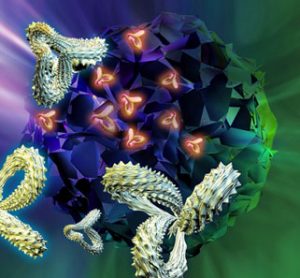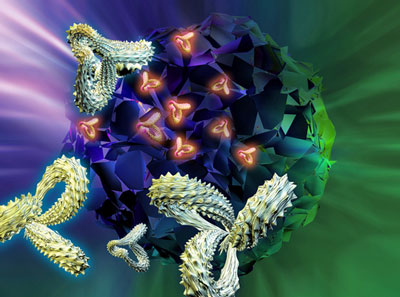Process Analytical Technology (PAT) in Freeze Drying: Tunable Diode Laser Absorption Spectroscopy as an evolving tool for Cycle Monitoring
12 December 2009 | By Stefan Schneid, Division of Pharmaceutics, Freeze Drying Focus Group, University of Erlangen-Nuremberg and Dr. Henning Gieseler, Division of Pharmaceutics, Freeze Drying Focus Group, University of Erlangen-Nuremberg
The most important critical product parameter during a freeze-drying process is the product temperature at the ice sublimation interface, Tp1. Once the product temperature in this area of interest exceeds the critical formulation temperature (typically denoted as "collapse temperature", Tc) during primary drying, a stepwise loss of the cake structure…













